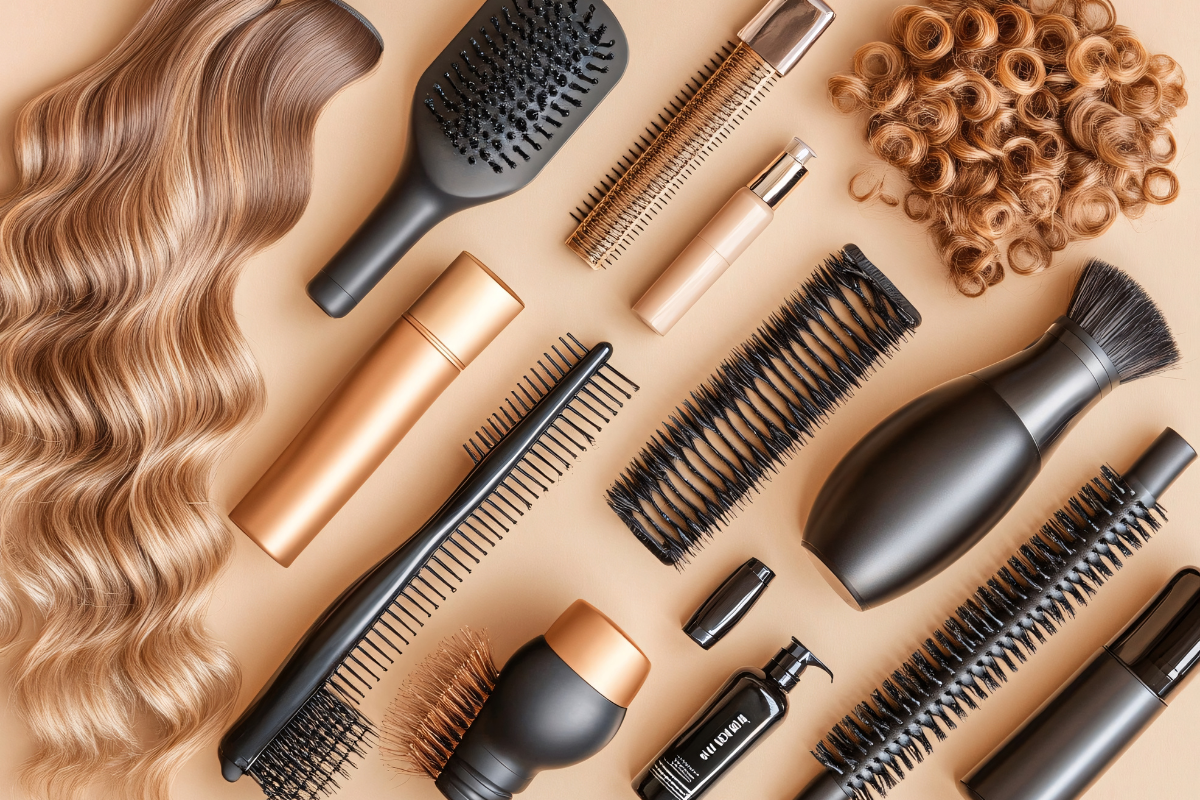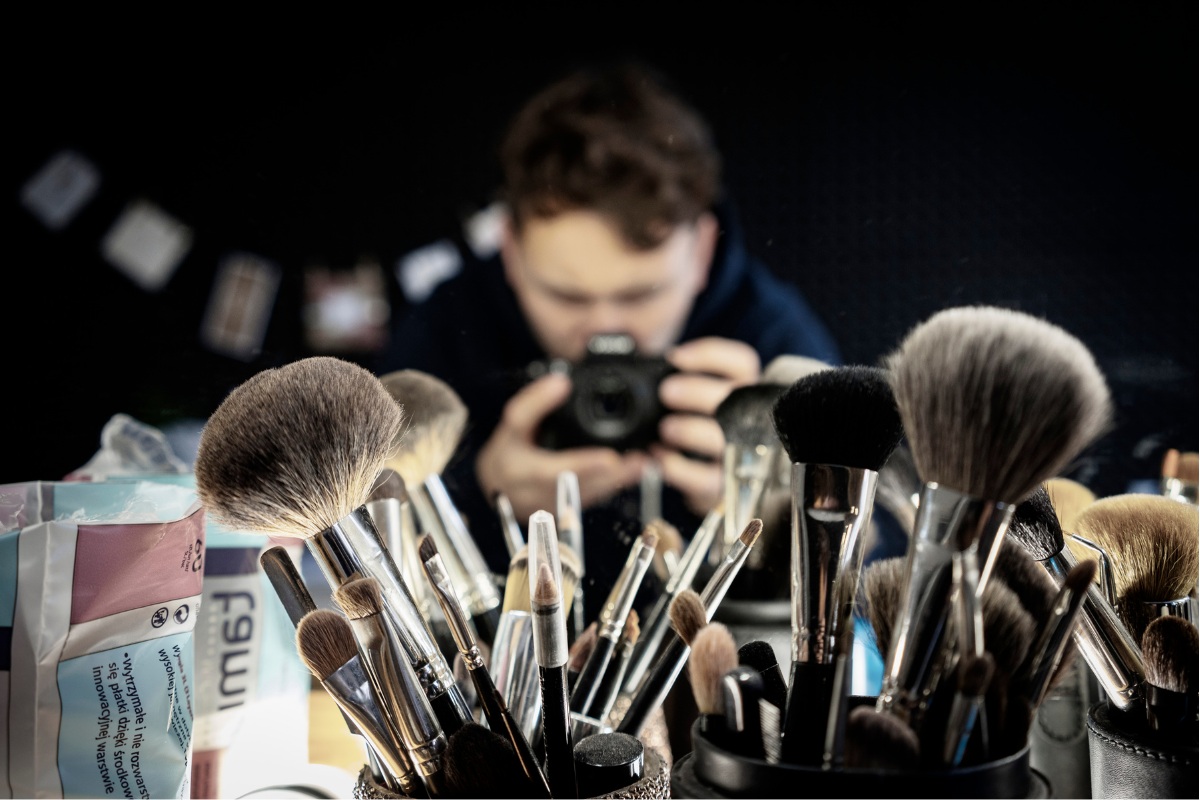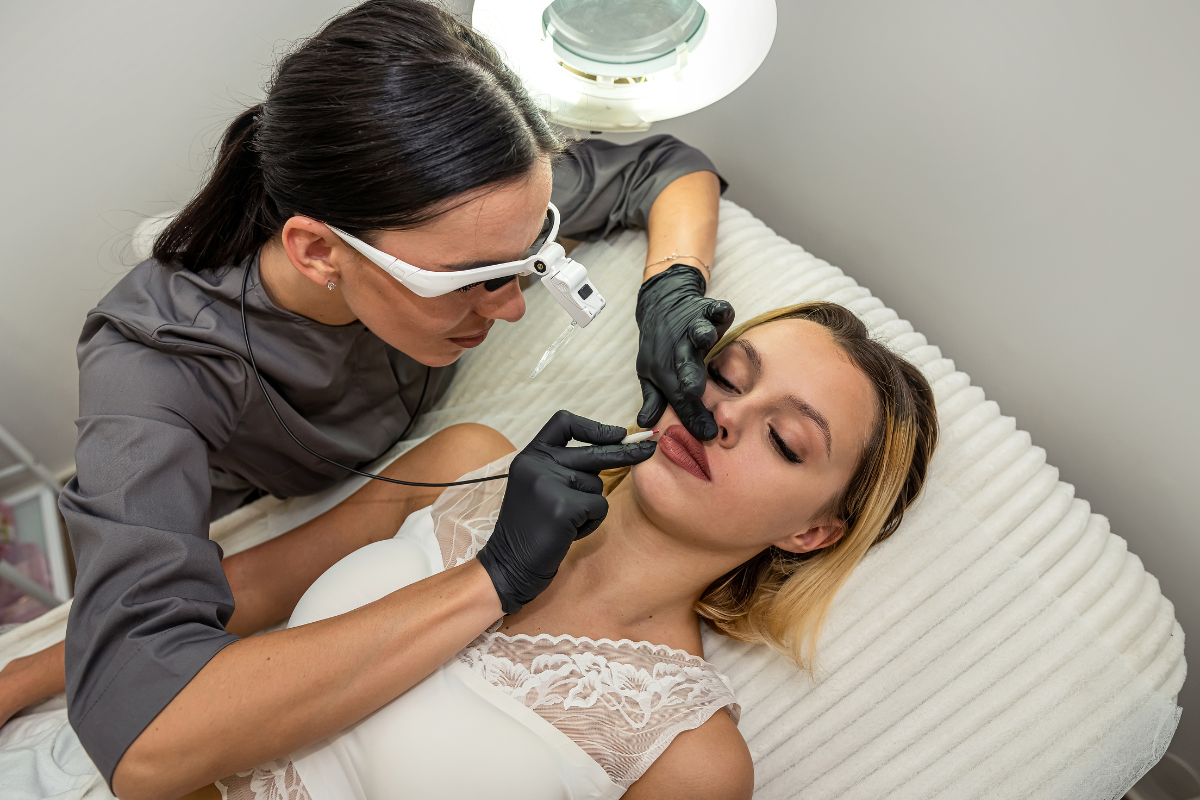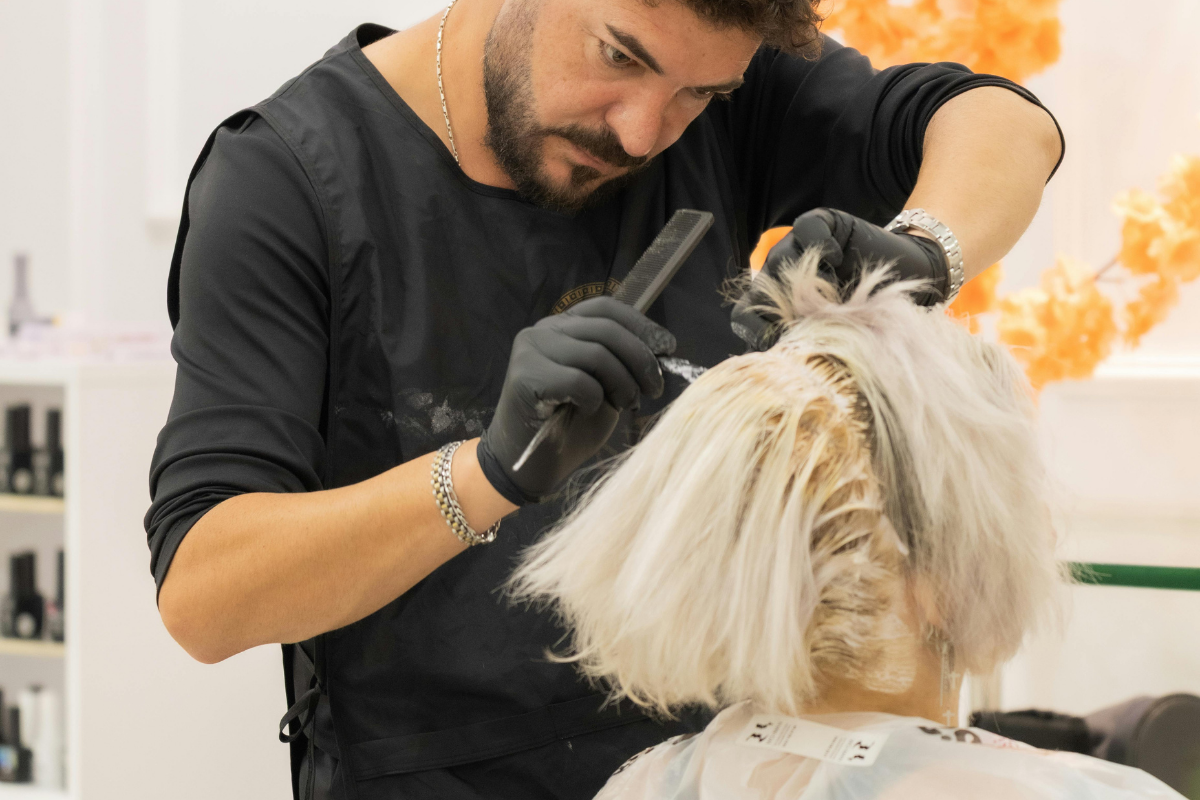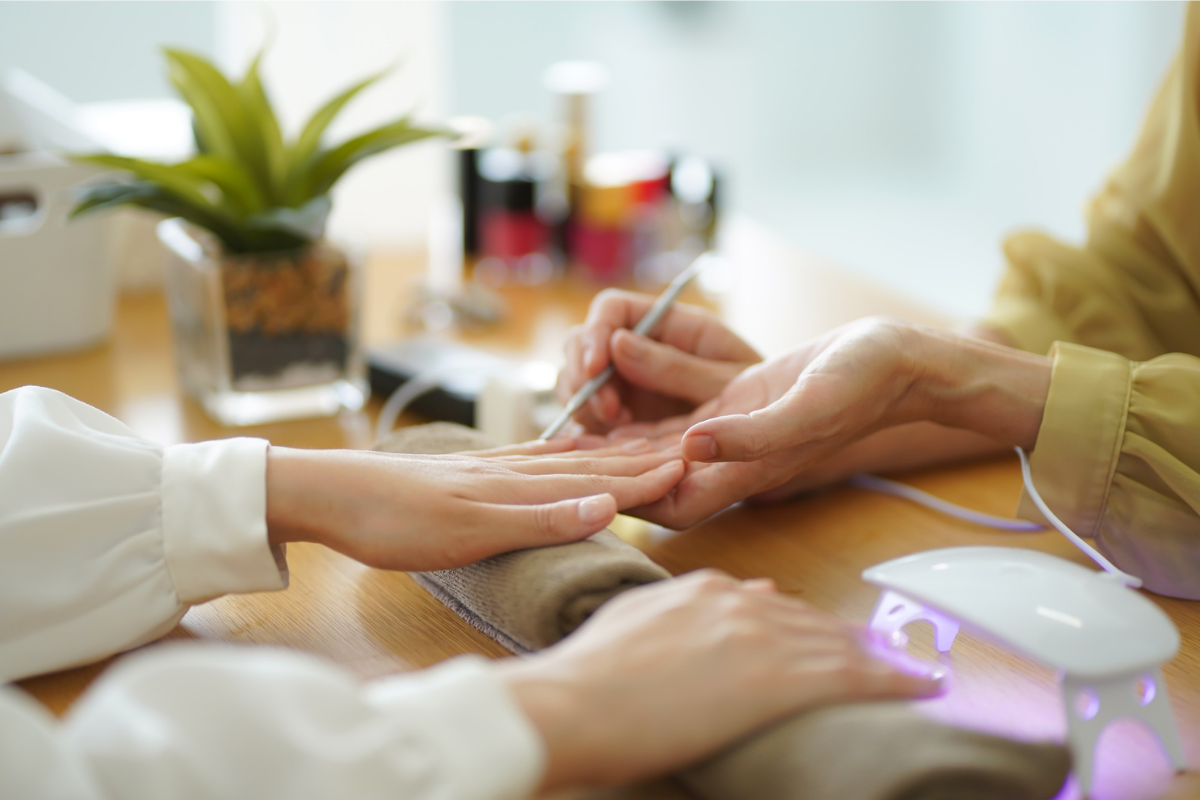
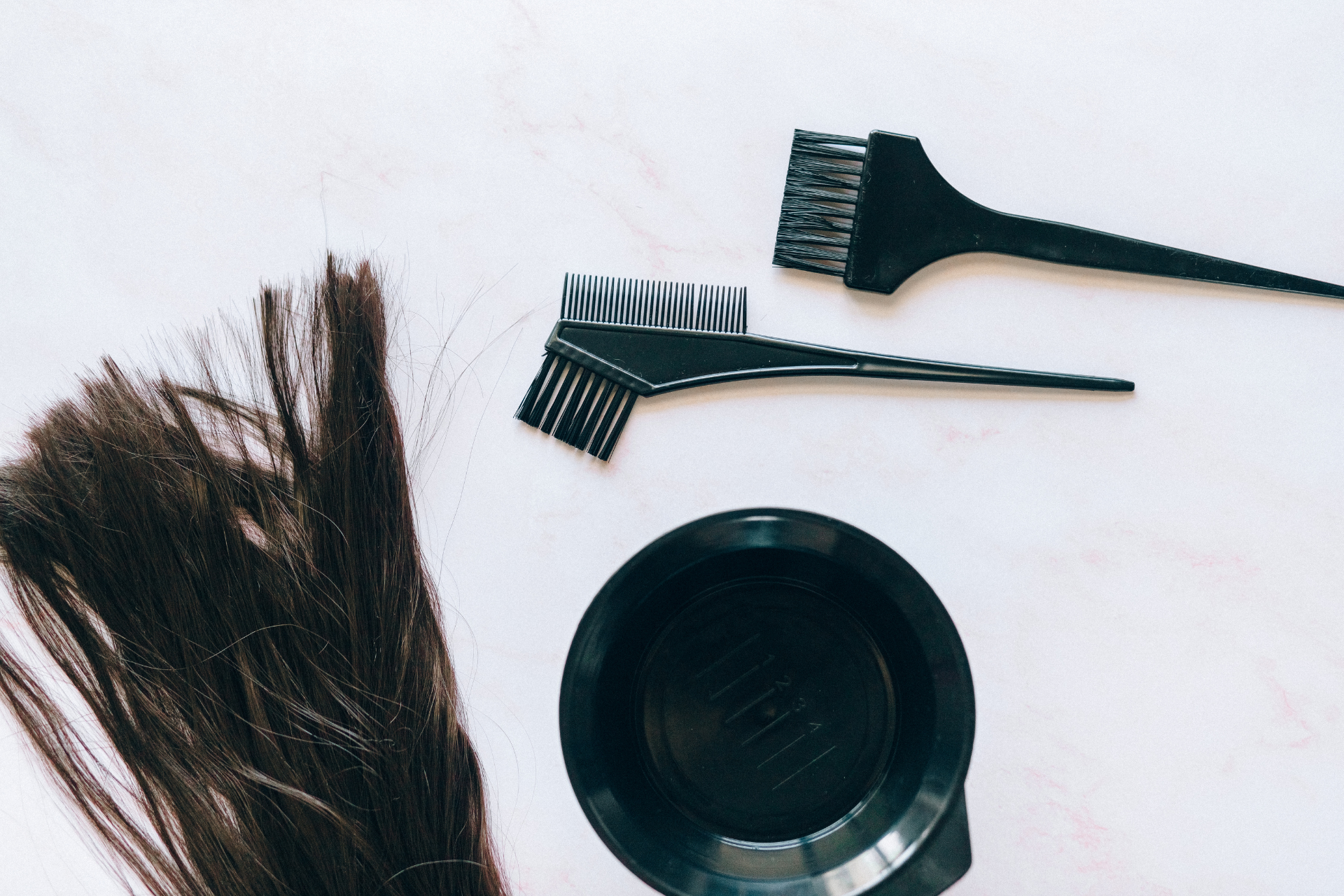
In the heart of Maryland, salons like Jordan Thomas Salon & Spa are leading the charge in creating welcoming spaces that embrace diversity and inclusion. By focusing on celebrating individuality and fostering an environment where everyone feels valued, salons can establish a culture that speaks to a broad spectrum of clients and staff alike. A Hair Salon in Bel Air MD like Jordan Thomas serves as a model for inclusivity, showing how powerful it can be when diversity is woven into every aspect of the business.
The salon industry is uniquely positioned to connect with people from all walks of life. Every individual who walks through the doors of a salon brings their unique background, needs, and expectations. Embracing this diversity means going beyond simple representation; it requires a commitment to understanding, respecting, and valuing every client and employee. By doing so, salons can create an inclusive atmosphere that not only boosts customer satisfaction but also enhances team morale and unity.
A truly inclusive salon starts with a diverse staff. When salons employ stylists, therapists, and staff members from a variety of backgrounds, they create a team that better understands and reflects the clients they serve. This diversity within the workforce allows salons to cater to various hair types, cultural styles, and beauty practices, making every client feel welcomed and understood. For example, hiring stylists with experience in different hair textures allows the salon to meet a wider range of client needs, which contributes to a welcoming and inclusive atmosphere.
Inclusivity doesn’t stop with hiring a diverse team; it also requires continuous education. By implementing training sessions focused on cultural sensitivity and awareness, salons can ensure that all employees are equipped to provide respectful, personalized service. Training can include topics like understanding different hair textures, handling potential language barriers, and being aware of cultural sensitivities related to beauty standards and practices. This kind of education is essential for creating a supportive environment where all clients feel acknowledged and respected.
The physical setup of a salon can play a significant role in making clients feel comfortable. Elements such as wheelchair accessibility, gender-neutral restrooms, and welcoming decor help create a space where everyone feels at ease. Additionally, showcasing diverse beauty images in the salon’s decor can send a powerful message that the salon values all kinds of beauty. From magazine selections to styling tools, every detail contributes to creating an environment that makes clients feel seen and appreciated.
Inclusivity is also reflected in the way salon staff communicate with clients. Taking the time to understand and adapt to each client’s preferences can make a significant difference. Simple gestures, like using a client’s preferred pronouns or being mindful of language preferences, show respect and thoughtfulness. Furthermore, salon staff should be trained to ask open-ended questions and listen carefully, allowing clients to feel heard and ensuring their unique needs are met. These small adjustments in communication style create a lasting impression and contribute to an inclusive environment.
Offering a wide range of products and services that cater to different hair types, skin tones, and cultural practices is a critical aspect of creating an inclusive salon. From natural hair products to skin treatments for a variety of skin tones, the selection should reflect the diversity of the clients served. Additionally, some clients may prefer eco-friendly, cruelty-free products, so providing options like these adds another layer of inclusivity. Salons that stock an inclusive range of products not only broaden their appeal but also demonstrate a commitment to meeting the diverse needs of their community.
An inclusive salon culture encourages open dialogue and feedback from both clients and employees. Providing clients with an opportunity to share their experiences allows the salon to continuously improve its services and inclusivity efforts. For employees, having an open-door policy for discussing inclusivity concerns or suggestions can foster a supportive work environment. This approach not only strengthens client relationships but also promotes a positive and respectful team dynamic, enhancing the salon’s overall culture.
Another important step towards fostering inclusivity is by actively engaging with the local community. Salons that participate in community events, collaborate with local organizations, or contribute to social causes can establish stronger connections with diverse groups. Community engagement provides an opportunity to show that the salon is invested in supporting and uplifting all segments of the population. Representing diversity in marketing and community outreach efforts ensures that everyone feels welcomed and valued by the salon.
Ultimately, building an inclusive salon environment requires dedication and intention. When salons prioritize diversity and inclusivity, they create a welcoming space that reflects the values and needs of their community. This approach not only benefits the clients and employees but also strengthens the salon’s reputation and appeal. Jordan Thomas Salon & Spa stands as a beacon of inclusive practices, showing how embracing diversity can enhance every aspect of the salon experience.


